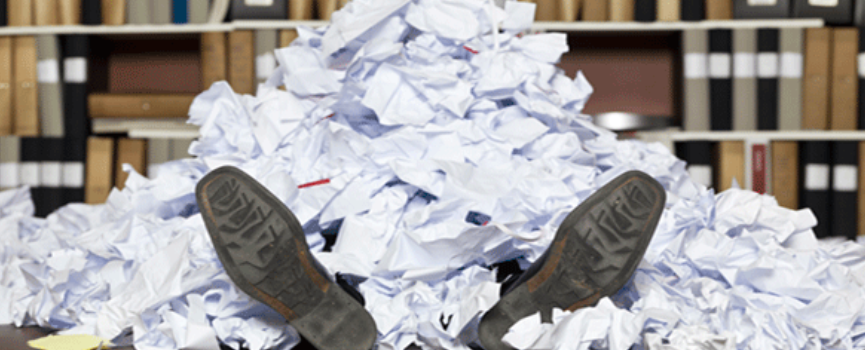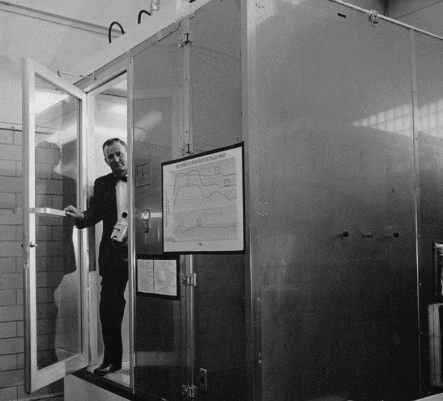Paper, to most people, is a small factor of life. It comes and goes, we use it and we trash it, and then we buy some more on behalf of our mistakes. It has always been a staple in every day life, even if we may not realize it; but there are a few major problems with using paper.
For starters, paper is incredibly costly. In general, a standard pack of 500 sheets of printer paper, commonly known as “ream,” typically costs between $4 and $10 USD. Of course, the cost of a stack of paper can vary widely depending on several factors, such as the size of the stack, the quality and type of paper, and the location and currency used, however, lets just assume your company buys the cheapest paper, $4 USD, not too bad. The thing is, maybe you work in a normal sized corporate office, let’s say 20 people work there and everyone uses paper.
Let’s also assume that every worker plows through one ream every two weeks, that’s $160 USD per month. Now, that would add up to $1,920 per year if every single sheet of paper is used to its fullest excluding any misprints, lost copies, making extra copies, editing, theft, distribution, etc. Now let’s look at some statistics that DO include these outliers:
- According to the Environmental Protection Agency (EPA), paper and paperboard products make up the largest portion of municipal solid waste in the United States, accounting for about 25% of the total weight and volume of landfill waste. While this includes both residential and commercial waste, it suggests that paper waste is a significant environmental issue.
- A report by the Natural Resources Defense Council (NRDC) estimated that the average office worker in the United States uses about 10,000 sheets of paper per year, of which about 45% ends up in the trash. This suggests that the paper waste generated by companies in the United States could be significant, especially given the large number of office workers.
- A study by the consulting firm Deloitte found that businesses in the United Kingdom waste an estimated £60m ($80m) per year on printing documents that are never used. This suggests that unnecessary printing and paper waste is a significant problem in many companies.
The amount of paper wasted every day is astonishing, who would have thought that we consume so much paper! Well, we don’t have to.
With the rise of technology, we’ve been able to reduce paper usage in a number of ways. For example, email has replaced the need to print out many documents, allowing us to communicate and share information without ever touching a sheet of paper. Instead of printing out long email chains or extensive reports, we can simply forward or share the digital file. This has saved countless trees and cut down on the amount of waste generated by offices.
But it’s not just email that’s reduced paper usage. With the rise of collaboration tools like Slack, Asana, and Trello, we’re able to work together on projects and share updates without printing out physical copies of everything. This has not only saved paper, but it’s also made the workplace more efficient and effective. We’re able to get things done faster and with less waste, which benefits everyone.

Another way technology has reduced paper usage is through digital signatures. In the past, signing a document required printing it out, signing it by hand, and then scanning it back in to create a digital copy. This process was not only time-consuming, but it also wasted a lot of paper. However, with the advent of digital signature software, we’re able to sign documents digitally, without ever touching a sheet of paper. This not only saves paper, but it’s also made the signing process faster and more secure.
When it comes to meetings, technology has saved us. In the past, it was common to print out reams of paper just to hand out to everyone in the room, so they could follow along with the presentation or agenda even though many people would just throw away the handouts after the meeting was over. Now, with software like PowerPoint and Keynote, we’re able to share our screens and presentations digitally, without ever having to print anything out, and our presentations are much more engaging and interactive, and don’t lie, we know you’ve split coffee on your papers once or twice.

From email and collaboration tools to digital signatures and presentation software, we’re able to communicate, collaborate, and share information without ever touching a sheet of paper. This has not only saved trees and reduced waste, but it’s also made the workplace more efficient and effective. And let’s not forget the added bonus of not having to deal with paper cuts anymore!
These are all some of the reasons we built Clean Spaces. Clean Spaces was developed specifically to eliminate paper, eliminate ink and toner, standardize the way companies do business, and ensure the sanctity of the data. Companies now are more in tune with trying to not add to natural resource shortages and certainly would like to eliminate the need for shredding and recycling services.
Paper had its day. It’s time to be smarter about how we do business…and Clean Spaces is that smarter option.



